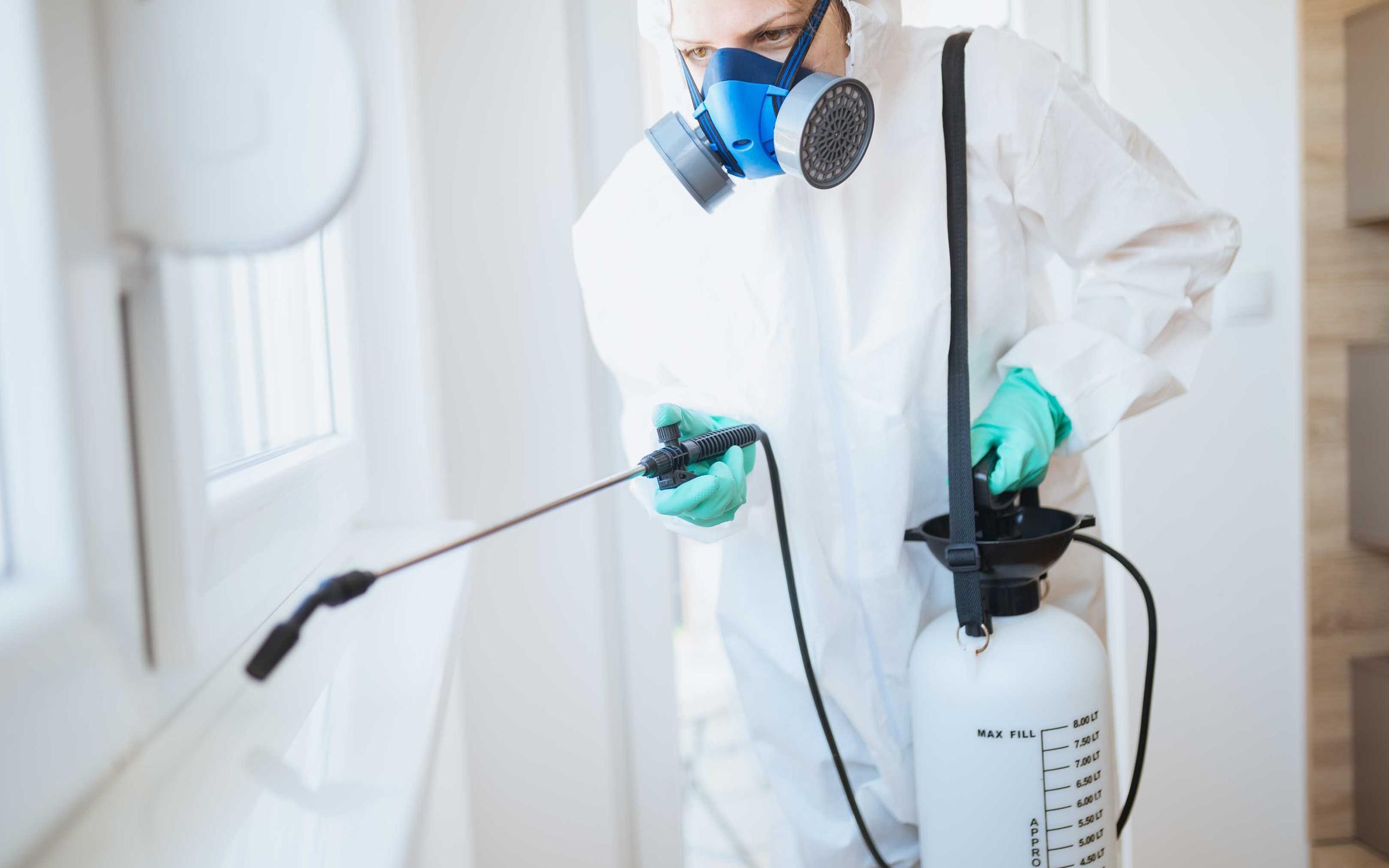Maintaining clean water pipelines is essential for public health, especially in regions like Dubai, Abu Dhabi, and Ras Al Khaimah, where water quality is paramount. Effective pipeline disinfection removes harmful bacteria, viruses, and other contaminants from the water supply, ensuring it remains safe for everyday use. Regular and professional pipeline cleaning is vital for both residential and commercial buildings to prevent contamination and promote a healthy environment. Here’s a guide on ensuring proper disinfection and safety in your water systems.

1. Start with a Comprehensive Assessment
Proper pipeline cleaning begins with a thorough assessment of the water supply system. This step helps professionals identify contamination levels, assess problem areas, and clearly understand the pipeline’s condition. The evaluation allows technicians to create a plan tailored specifically to the building’s requirements, ensuring that disinfection measures target the areas that need it most. You can implement a more efficient cleaning process that maximizes results by pinpointing potential risks early.
2. Choose the Right Disinfection Techniques
Different disinfection techniques suit various contamination levels, pipeline materials, and types of pollutants. Standard methods include chlorination, UV treatment, and chemical disinfection, each effectively removing harmful organism from water. Chlorination uses chlorine to kill bacteria, while UV treatment uses ultraviolet light to break down contaminants. Chemical disinfection, on the other hand, targets a broader range of pollutants, ensuring all areas of concern are addressed. Choosing the proper method for each case is crucial to achieving optimal results.
3. Implement a Customized Disinfection Plan
Not all water systems are the same, and each building has unique needs when it comes to disinfection. Working with a professional team like Quality Care Building Cleaning Services ensures that a disinfection plan is customized according to your building’s requirements and regulatory standards. A well-structured plan, which outlines the steps and methods to be used, reduces the risk of inadequate treatment and ensures the disinfection process is thorough and safe.
4. Adhere to Safety Protocols
Disinfecting pipelines involves handling chemicals and specialized equipment, requiring technicians to follow strict safety protocols. At Quality Care, trained professionals ensure every step adheres to safety standards, protecting the technicians and the building occupants. Safety protocols also prevent damage to the pipeline components, extending the lifespan of the water system and reducing the need for future repairs.
5. Regular Sanitization and Disinfection
Beyond one-time disinfection, maintaining safe water requires regular sanitization and disinfection to control any re-emerging bacteria or pollutants. By scheduling periodic cleaning and monitoring, building owners can prevent buildup and ensure the water supply remains consistently safe. Regular maintenance also helps detect potential issues early, addressing them before they become costly repairs or health risks.
Conclusion
Ensuring safe water through proper disinfection of pipeline is essential for health and peace of mind. Quality Care Building Cleaning Services offers professional disinfection tailored to your needs, combining comprehensive assessments with advanced techniques to guarantee safe, clean water. Our pipeline disinfection process starts with a detailed evaluation to identify contamination levels and areas of concern. We then create a customized disinfection plan tailored to your needs and industry standards. We effectively eliminate bacteria, viruses, and other contaminants using advanced techniques such as chlorination, UV treatment, or chemical disinfection. Our technicians adhere to strict safety protocols, ensuring thorough disinfection of all pipeline components, including pipes, valves, and fittings. Reach out today to learn more and schedule a consultation.
